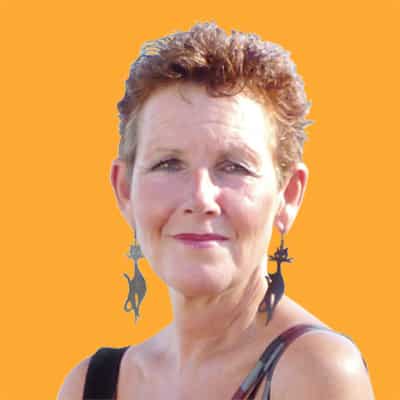The Calouste Gulbenkian Foundation located close to the centre of Lisbon is one of the wealthiest foundations in the world, having inherited its riches from Calouste Sarkis Gulbenkian, the Armenian oil millionaire.
The Foundation runs many cultural and artistic activities, including a museum and art gallery, orchestra, choir and science institute.
Over the next three months, I shall tell the story of Gulbenkian, how he acquired his immense fortune and how, after he had lived in both Britain and France, his fortune and his art collection eventually settled in Portugal. Most of the information used for these articles comes from a recent publication, Mr Five Per Cent: The Many Lives of Calouste Gulbenkian, by Jonathan Conlin (Profile Books 2020).
When Calouste Gulbenkian (1869-1955) died in the Hotel Avis in Lisbon, he was reputed to have been the richest man in the world. His original nationality was Turkish, since Armenia in Eastern Anatolia was an integral part of the Ottoman Empire.
Armenia has had a troubled history since the 1890s, as Moslem Turks massacred millions of Christian Armenians; as Armenia was joined to the Soviet Empire; and now as newly-independent Moslem Azerbaijan and Christian Armenia squabble over their borders.
As the ability to escape from problems at home in Turkey depended on the acquisition of citizenship of another country, many Armenians invested the necessary five years residence in Britain in order to gain British citizenship, usually in either Manchester or London. It was in London that Calouste qualified for and took British citizenship in December 1902.
Calouste’s family was very well off, as businessman father Sarkis in Istanbul traded in traditional Ottoman goods such as opium, rugs, cotton, wool and kerosene. Sarkis also became a tax farmer in Mesopotamia (modern Iraq) for the Ottoman government.
Sarkis was keen for his first-born son to acquire skills in French and English (the dominant languages of the time) and, after attending junior schools in Istanbul, Calouste at the age of 14 was sent to stay with an uncle at the Marseilles branch of the business to learn French and business methods.
Immediately afterwards in 1884, he was sent to London, where after a term at King’s College School in the Strand, he studied engineering at King’s College itself.
It is often asserted that he won a first-class degree and, although such degree examinations did not exist at the time, he certainly distinguished himself by prize diplomas in his engineering studies.
While his fellow boarders enjoyed London nightlife after college, Calouste spent six hours a day reading to perfect his English. It seems that knowledge of engineering would be important to a would-be oil businessman, but in retrospect we can see that the most important educational gains for Calouste’s career were his knowledge of the English and French languages.
As a young man, Calouste’s lifestyle was one of champagne and women – particularly show girls and actresses. His Armenian doctor in Constantinople had advised him to have regular sex with young women as a rejuvenating tonic, and he followed this advice well into his sixties.
He returned to Istanbul in 1887, and his father sent him off to Russian Baku in the Caucasus for the one and only visit to a working oil field in his whole life. For the first 15 years of his business life, Calouste worked in the family firm both in Istanbul and from his office in London.
In 1892, at his London home, the Hotel Metropole, Calouste married his childhood sweetheart Nevarte Essayan (also from the Istanbul Armenian community). They were to have two children and they celebrated their diamond wedding in 1952. He was rich enough in 1899 to buy a house at Hyde Park Gardens in London, although he continued to live much of his life in hotels.
From 1897, he moved more and more in financial circles in London, and finally resigned from the family business in 1901. Deaf to criticism from Istanbul, and with the acquisition of British citizenship, this move represented a clear break with his roots in the Levant.
At around this time, Calouste drew up a balance sheet which showed his assets at a modern equivalent of £12 million. Where had it all come from? In the 1890s, Calouste had gambled mainly in shares in South African mining companies. And he was moving in the company of other rich financiers such as the Rothschilds and Alexander Mantashev who owned major interests in the Baku oilfields (Russia at the time produced half of the world’s oil). Calouste became an intermediary between the main protagonists.
All through his life, Gulbenkian was able to earn the trust of the financiers he worked with, and it was a common comment in his business years that no-one could pin down exactly in whose interests he was working.
He became known to Henri Deterding of Royal Dutch and became involved with arranging the merger of the Royal Dutch Petroleum Company with Shell Transport and Trading in 1907, emerging as a shareholder in Royal Dutch Shell. He established a policy of retaining 5% of all the transactions he was involved in, and was consequently known as ‘Mr Five Per Cent’.
The second instalment of Gulbenkian’s story will appear in March.
By Lynne Booker
|| features@algarveresident.com
Lynne Booker, along with her husband Peter, founded the Algarve History Association. lynnebooker@sapo.pt
www.algarvehistoryassociation.com























